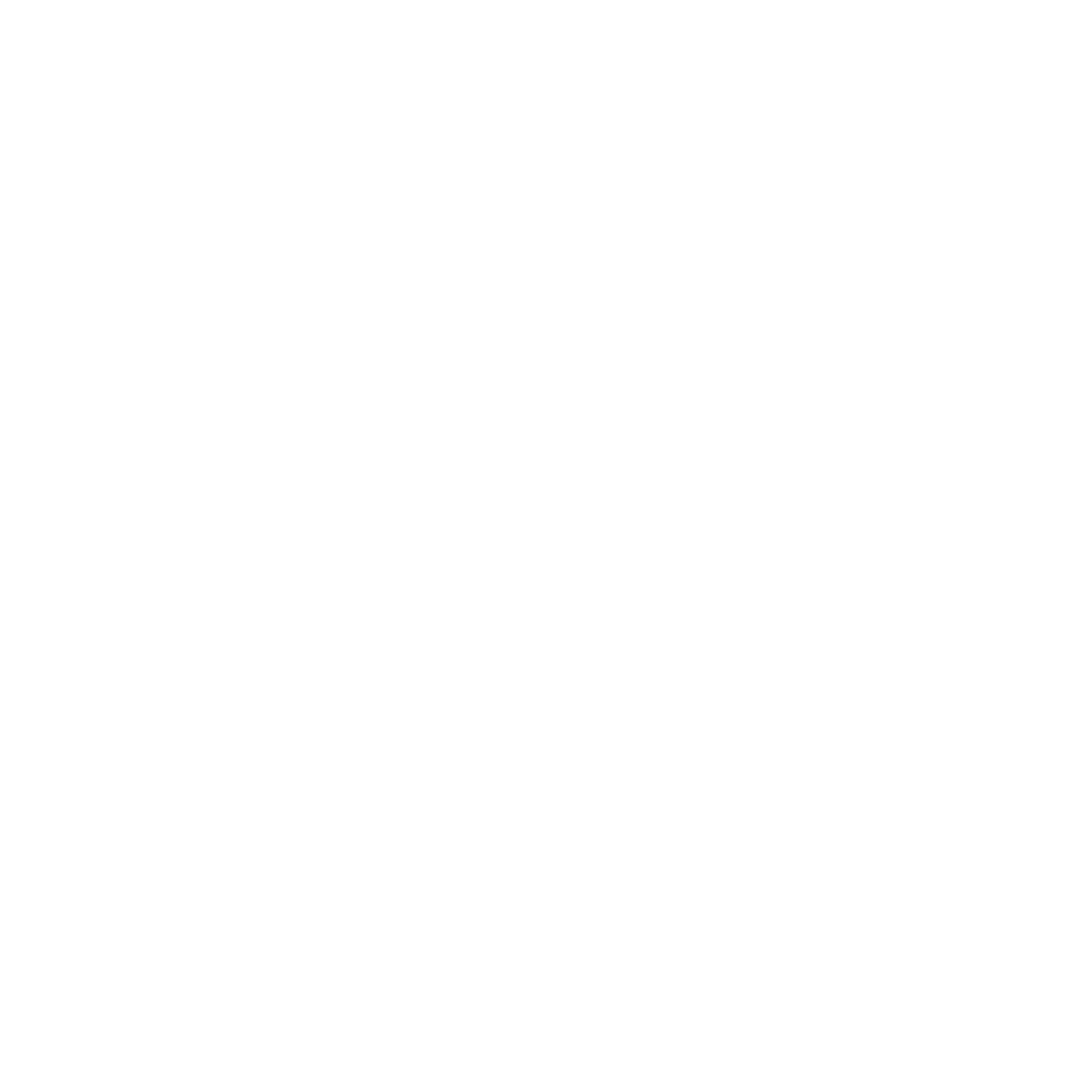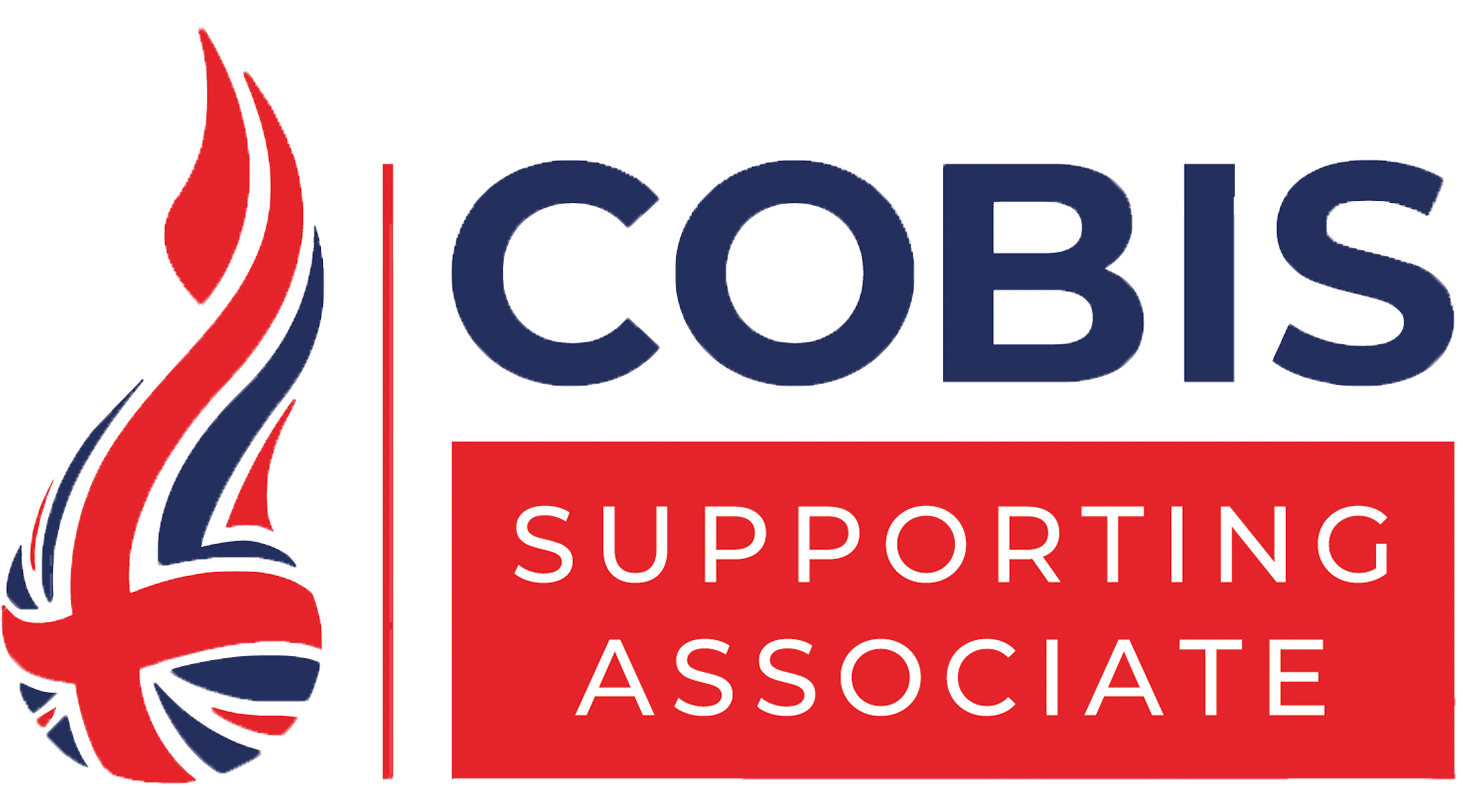Dimension 3 of The Great Teaching Toolkit: Evidence Review focuses on ‘Maximising Opportunities to Learn’. Naturally, this dimension is derived from evidence relating to classroom routines, rules, expectations and behaviours to prevent, anticipate or respond to any disruption to learning. In particular, Element 3.1 also focuses on “Managing time and resources efficiently in the classroom to maximise productivity and minimise wasted time.” This element encourages teachers to consider and reflect on the resources and tasks used in a lesson, ensuring they are used effectively and efficiently to maximise learning opportunities, in contrast to wasting time.
There are several examples of classroom practices which have the potential to maximise opportunities for learning, but if not planned and delivered carefully they could result in a waste of time in a lesson, therefore hindering teaching and learning. Below are some common examples.
Sharing learning intentions with a class
If students are instructed to copy down learning intentions without fully grasping, understanding or engaging with the learning intentions, then this is a missed opportunity. Writing learning intentions in books clearly does not guarantee learners have understood the outcomes or objectives. This is wasted time, simply spent copying (or cutting and pasting) objectives. Sharing learning intentions with a class should instead involve clear communication and checking for understanding with all learners (not just some or a small sample of students).
The start of a lesson is important in setting the tone in terms of behaviour, routine and expectations. Element 3.1 states “Settling down time at the start of a lesson or after a transition is minimised – students get started on meaningful work straight away and work right up to the end of the lesson.” A way to do this and maximise learning at the beginning of a lesson could be with a ‘Do Now’ activity; these are short tasks written on the board or waiting for students went they enter the classroom, usually before the main part of a lesson.
On the topic of Do Now activities, Doug Lemov writes in Teach Like a Champion, “While you are greeting students at the door, or finding that stack of copies, or erasing the mark-ups you made to your overhead from the last lesson, students should already be busy, via the Do Now with scholarly work that prepares them to succeed. In fact, students entering your room should never have to ask themselves, ‘What am I supposed to be doing?’ That much should go without saying. The habits of a good classroom should answer, ‘You should be doing the Do Now, because we always start with the Do Now.’” This is a great example of maximising every moment and minimised wasted time, every lesson, every day.
Think, pair and share
Think-pair-share (TPS) is a well-known and established classroom technique where learners have individual think time to respond to a question or problem, followed by pair discussion and concluding with the whole class sharing and discussing responses. This technique has the potential to support teaching and learning and enable learners to develop a wide range of skills in a lesson. It can also be an opportunity to recall information from long term memory, articulate a response to a peer and listen to the ideas and answers from others. However, if TPS is not structured and monitored carefully it can easily become an activity where students are not focused and use it as an opportunity to think about or discuss things not relevant to the lesson. It is easy for it to invite wasted time.
Effective feedback
Another example where learning can be maximised is through the use of feedback to move learners forward. However, if students do not read, respond or engage with the feedback provide then ultimately that feedback will not have a positive impact on learning and will have been a waste of time. It is vital learners understand the importance and role of feedback in their progress. Teachers can ensure learners respond to feedback through providing actionable feedback, where learners are tasked to act on the feedback to make improvements and continue to develop.
Avoiding wasted time
Time is probably one of the most limited resources we have in schools. It is crucial that the time we have with students is used effectively to promote learning. While it’s easy to think about maximising this opportunity to learn around major lesson activities, presentations, or tasks, its often the peripheral activities of a lesson that can invite wasted time. Teaching reliable routines and expectations is one way to minimise wasted time and maximise the learning.
To find out more about The Great Teaching Toolkit: Evidence Review and complete a course specific to Dimension 3 click here.
This course provides an evidence-based overview of why and how maximising the opportunity to learn helps both teachers and students, and what great teachers do in pursuit of it. Users can explore how these principles can be applied in the classroom, before practising selecting and adapting individual teaching strategies for different contexts to prepare for the next steps of personalised professional development.
References
Coe, R., Rauch, C.J., Kime, S., & Singleton, D. (2020). Great Teaching Toolkit: Evidence review. Evidence Based Education. https://evidencebased.education/great-teaching-toolkit-evidence-review/
Lemov, D. (2014). The Do Now: A primer. Doug Lemov’s Field Notes. https://teachlikeachampion.org/blog/now-primer/





